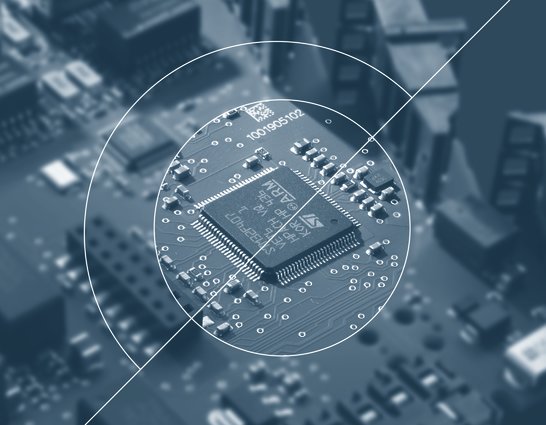Special
Microcontroller vs. embedded Linux application processor
The choice between a microcontroller and an embedded Linux application processor can have far-reaching consequences for the performance, costs and success of a product. The following article serves as a decision-making aid for developers and decision-mak

The choice between a microcontroller and an embedded Linux application processor can have far-reaching consequences for the performance, costs and success of a product. To help you make the right decision, we will explain the advantages and disadvantages of each in the following article. As a brief reminder, here is a basic overview of the tasks of the respective processors:
Microcontroller
A microcontroller is like a small computer on a single integrated circuit. It contains a processor, memory and programmable input/output peripherals. Microcontrollers are designed to control specific tasks in an energy-efficient manner and, if necessary, in real time (real-time operation). The architecture is usually relatively simple and designed for efficiency and low energy consumption.
The classic components of an MCU (microcontroller) are
- CPU (Central Processing Unit)
- Memory
includes RAM for temporary data storage as well as flash memory or EEPROM for program and permanent data - I/O ports
for communication with external devices such as sensors, motors and simple displays - Timer and interrupt controller
For time measurements and to be able to react immediately to events (e.g. pressing a button).
Relevant suppliers of MCUs on the market include
- STMicroelectronics with the STM32-mikrocontrollers,,
- Microchip Technology with the PIC microcontrollers and
- Texas Instruments.
Embedded Linux Applikationsprozessoren
These are more powerful processors that have been specially developed for running the Linux operating system in embedded systems. They are used in more complex systems that also require extensive software capabilities, such as
- network devices
- Multimedia systems
- Advanced industrial control systems
The architecture is more complex than a microcontroller and more like a traditional computer, including
- CPU - often multiple cores to enable powerful processing
- There are also processors with integrated MCUs for real-time applications, NPUs for computing neural networks and GPUs for high-performance 2D/3D applications.
- Memory: RAM for operation and often also options for external memory.
- Extensive I/O options
- USB, Ethernet, HDMI, MIPI and other interfaces for a wide range of communication options.
- Operating system - A Linux operating system such as GELin
Relevant suppliers of components used in embedded Linux application processors include NXP Semiconductors, Qualcomm (for ARM-based processors) and Intel (Atom processors for embedded systems). Ginzinger electronic systems relies heavily on the flexible i.MX series from NXP, which, together with the in-house GELin operating system, creates a strong, scalable basis for every project.

Microcontroller vs. Applikationsprozessor
Professional support
Which processor for which project?
Whatever you ultimately decide on: It is not only the hardware itself that is decisive for the decision in the project, but also increasingly the software support from the manufacturer. Which decision is made for the respective project is very individual and also depends on personal preferences, previous experience, supplier support and many "soft factors".
Ginzinger electronic systems offers many years of experience in the development and production of electronics and provides support in making the "right" choice for long-term successful products.

